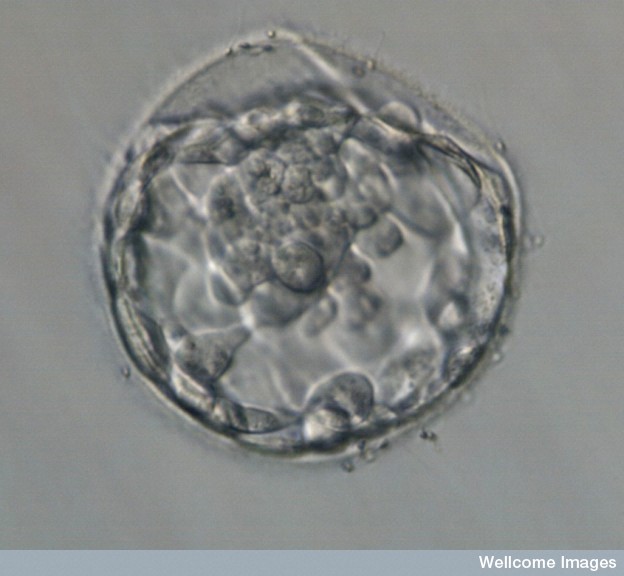Today is the ‘IVF: Past, current and future developments’ series launch for Reproductive Biology and Endocrinology. OADW reviews infertility and the technologies available in poor resource settings
“Parents have the exclusive right to determine freely and responsibly the number and spacing of their children…”so argued the United Nations General Assembly in its 1969 Declaration on Social Progress and Development. At the 1994 International Conference on Population and Development it was agreed that everyone should have ‘the information and means to do so, and the right to attain the highest standard of sexual and reproductive health’.
Yet infertility is a neglected aspect of care, particularly in developing countries. Urgent, life-threatening health issues understandably take priority, as health authorities and governments devote more attention to diseases such as malaria, dengue and yellow fever.
Infertility refers to a couple who cannot achieve pregnancy after a year of trying to conceive. In some regions of sub-Saharan Africa rate of infertility is as high as 30-40%. However, the usual rate is between 3.5-16.7% in developing countries, slightly higher than that of developed countries, which is between 6.9-9.3%. These can either primary or secondary infertility problems. A primary case refers to a couple who have never had a child, while secondary explains a situation where the couple have had a child, but are struggling to conceive another.
Around two thirds of the time it is either the male or female who are infertile, while the remaining third can be a combination of the male and female or attributed to unknown factors. It is caused by a combination of factors, but infection is the biggest factor, either from sexually transmitted diseases, after child birth or abortion or reproductive tract infection. Tuberculosis is another known cause of infertility.
Only around 5% of the world population voluntarily decides to be childless, and this impinges a heavy social expectation on couples. As parenthood is the expected norm for many cultures, the inability to have children can make life difficult for an infertile couple. Many wishing to conceive who are unable to do so, can suffer emotionally and psychologically; including distress, anxiety, depression, and the consequences can be long term.
“The right to choose freely the number, timing and spacing of children”
Problem of infertility is greater in developing countries
In developing countries, the problem of infertility is more profound than in western societies. In such cultures, children are highly valued for socio-cultural and economic reasons. Having children not only influences the wellbeing of the couple, it also has an important impact on the woman’s status within the couple, within the extended family and the community at large.
The social stigma of infertility still leads to isolation and abandonment. In some countries, women who are unable to bear children are rejected by their husbands and ostracized by society, often living as outcasts; perceived as inferior and useless. This is more than a health problem. Infertility is a social issue.
“The right to attain the highest standard of sexual and reproductive health.”
Currently, 222 million women want the ability to time and space their pregnancies, but lack access to quality reproductive health and voluntary family planning services. Those living in developing countries are disproportionally lacking access to services and supplies. With more than 186 million women with infertility problems, governments are socially and morally obligated to fix this.
The UN Foundation is committed to achieving universal access to reproductive health care by 2015. Unfortunately, little progress has been made and one time the problem of infertility was ignored at all levels of health care management.
Assisted Reproductive Technologies
There are three main barriers to infertility treatment: accessibility, economic cost, and cultural/societal factors. Cost is the greatest barrier because many procedures come from developed countries and minimal efforts have been made to make them more greatly available and at an affordable cost.
Access to assisted reproductive technologies (ART) offers services to resolve social inequities and emotional difficulties. Couples using ART achieve pregnancy through artificial or partially artificial means, including IVF, intracytoplasmic sperm injection (ICSI), cryopreservation and intrauterine insemination (IUI).
Although ART is a common treatment for infertile couples worldwide, the availability of such procedures is lacking where it is needed most, in developing countries. Any delays in gaining access to treatment could decrease a couple’s chance of conceiving.
The treatment of infertility is a challenge for policymakers and the health system, but governments have a promise to fulfil. There is a demand for ART at a low or at an affordable cost. ART for the underprivileged, and the guarantee of well-equipped and competently staffed infertility centres would bring hope for millions of couples worldwide.

Comments